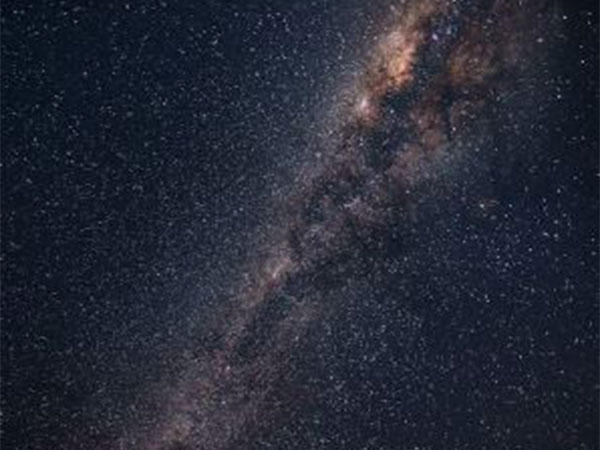Washington DC [US], April 27 (ANI): Astronomers have discovered that super-Earth exoplanets are more common across the universe than previously thought.
While it can be relatively easy to locate worlds that orbit close to their star, planets with wider paths can be difficult to detect.
Still, researchers estimated that for every three stars, there should be at least one super-Earth present with a Jupiter-like orbital period, suggesting these massive worlds are extremely prevalent across the universe.
Using the Korea Microlensing Telescope Network (KMTNet), an international team of researchers has discovered that super-Earth exoplanets are more common across the universe than previously thought, according to a new study.
By studying light anomalies made by the newly found planet’s host star and combining their results with a larger sample from a KMTNet microlensing survey, the team found that super-Earths can exist as far from their host star as our gas giants are from the sun, said Andrew Gould, co-author of the study and professor emeritus of astronomy at The Ohio State University.
“Scientists knew there were more small planets than big planets, but in this study, we were able to show that within this overall pattern, there are excesses and deficits,” he said. “It’s very interesting.”
While it can be relatively easy to locate worlds that orbit close to their star, planets with wider paths can be difficult to detect.
Still, researchers further estimated that for every three stars, there should be at least one super-Earth present with a Jupiter-like orbital period, suggesting these massive worlds are extremely prevalent across the universe, said Gould, whose early theoretical research helped develop the field of planetary microlensing.
The findings in this study were made via microlensing, an observational effect that occurs when the presence of mass warps the fabric of space-time to a detectable degree.
When a foreground object, such as a star or planet, passes between an observer and a more distant star, light is curved from the source, causing an apparent increase in the object’s brightness that can last anywhere from a few hours to several months. (ANI)
Disclaimer: This story is auto-generated from a syndicated feed of ANI; only the image & headline may have been reworked by News Services Division of World News Network Inc Ltd and Palghar News and Pune News and World News
HINDI, MARATHI, GUJARATI, TAMIL, TELUGU, BENGALI, KANNADA, ORIYA, PUNJABI, URDU, MALAYALAM
For more details and packages













